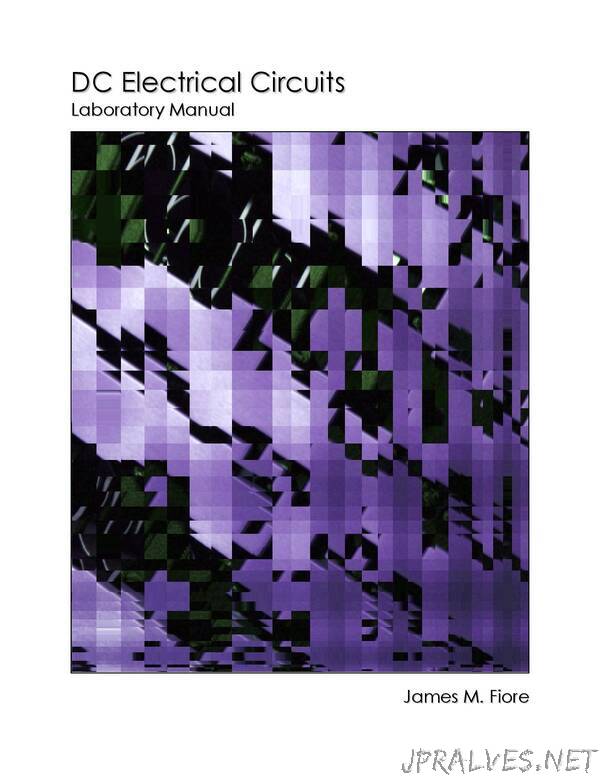
“This manual is intended for use in a DC electrical circuits course and is appropriate for two and four year electrical engineering technology curriculums. The manual contains sufficient exercises for a typical 15 week course using a two to three hour practicum period. The topics range from basic laboratory procedures and resistor identification through series-parallel circuits, mesh and nodal analysis, superposition, Thevenin’s Theorem, Maximum Power Transfer Theorem, and concludes with an introduction to capacitors and inductors. For equipment, each lab station should include a dual adjustable DC power supply and a quality DMM capable of reading DC voltage, current and resistance. A selection of standard value ¼ watt carbon film resistors ranging from a few ohms to a few mega ohms is required along with 10 kΩ and 100 kΩ potentiometers, 100 nF and 220 nF capacitors, and 1 mH and 10 mH inductors. A decade resistance box may also be useful.
Each exercise begins with an Objective and a Theory Overview. The Equipment List follows with space provided for serial numbers and measured values of components. Schematics are presented next along with the step-by-step procedure. All data tables are grouped together, typically with columns for the theoretical and experimental results, along with a column for the percent deviations between them.
Finally, a group of appropriate questions are presented. For those with longer scheduled lab times, a useful addition is to simulate the circuit(s) with a SPICE-based tool such as Multisim, PSpice, TINA-TI, LTspice, or similar software, and compare those results to the theoretical and experimental results as well.
A companion manual for AC electrical circuits is also available. Other manuals in this series include Semiconductor Devices (diodes, bipolar transistors and FETs), Operational Amplifiers & Linear Integrated Circuits, Computer Programming with Python™ and Multisim™, and Embedded Controllers Using C and Arduino. Texts are available for Embedded Controllers, Op Amps & LIC, and Semiconductor Devices. Finally, problem workbooks are available for DC and AC electrical circuits.”
